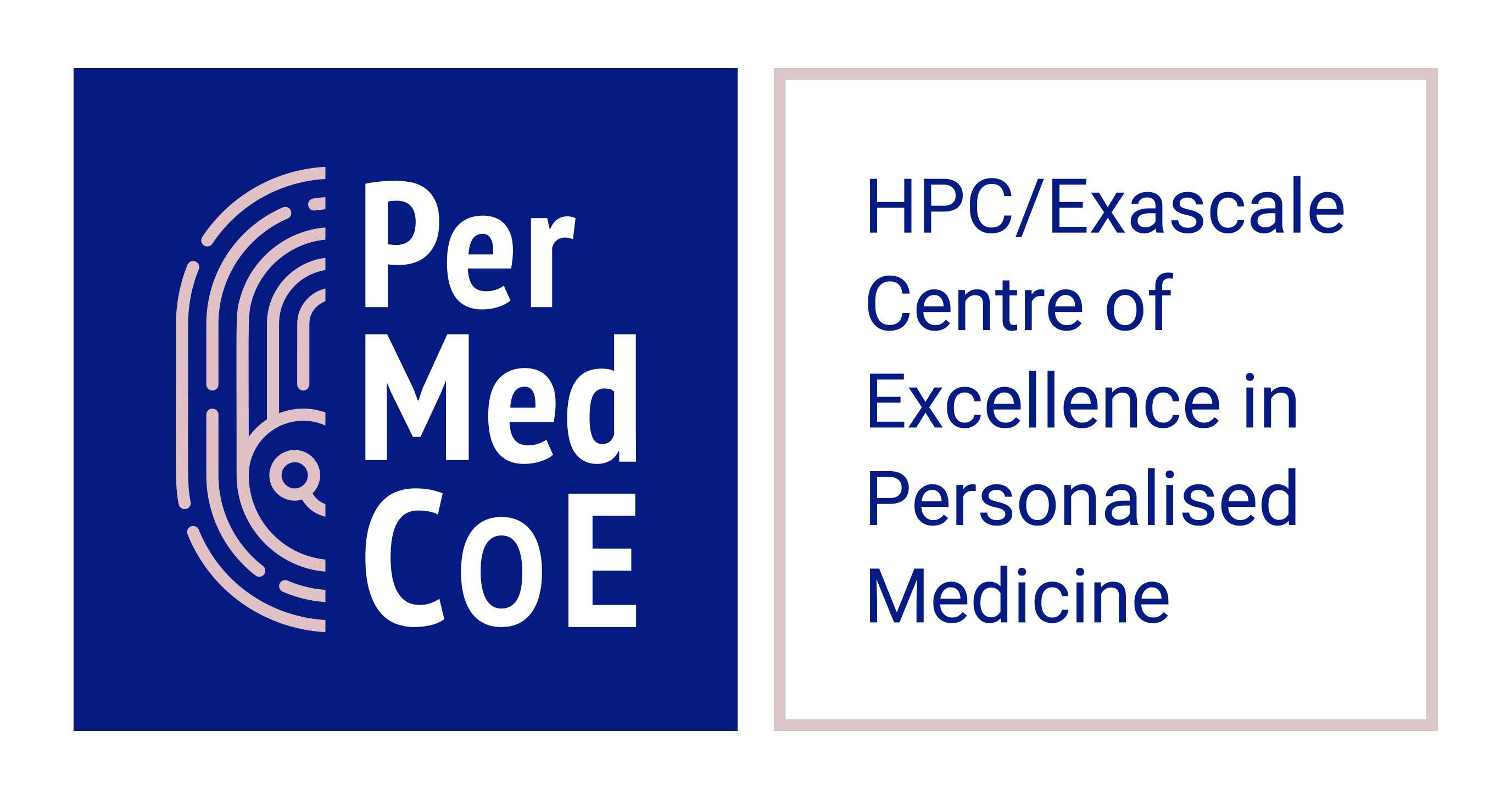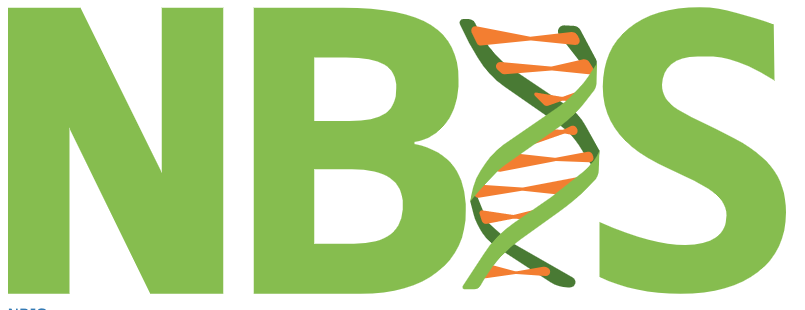Training materials
-
Learning pathway
Version control with Git
 •• intermediateSoftware engineering Open science Version control
•• intermediateSoftware engineering Open science Version control -
hands-on tutorial
Gentle Introduction to Python
 • beginnerPython script Software engineering Programming Python
• beginnerPython script Software engineering Programming Python -
hands-on tutorial
R introduction
 • beginnerR script Software engineering data visualisation programming
• beginnerR script Software engineering data visualisation programming -
hands-on tutorial
Introduction to Git and Github
 • beginnerSoftware engineering Git Github Version control
• beginnerSoftware engineering Git Github Version control -
lessons, e-learning
Introduction to Data Management Practices - Versioning of data and code using Git
 • beginnerData management FAIR data Software engineering RStudio CONVERGE README
• beginnerData management FAIR data Software engineering RStudio CONVERGE README -
Recorded webinar
Utilising GPUs in scientific algorithms
Computational biology Computer science Software engineering Data security
-
course materials, Online material, Training materials
Cloud-SPAN Genomics
• beginnerBioinformatics Software engineering Genomics DNA polymorphism Workflows Data architecture, analysis and design Shell Command line Cloud computing HPC Data analysis High performance computing -
Recorded webinar
Biocuration Q&A session
Natural language processing Software engineering Database management
-
Recorded webinar
Open access: Why build open source software and how to do it successfully
Software engineering
-
Recorded webinar
Bioinformatics sequence analysis web services with Job Dispatcher
Software engineering